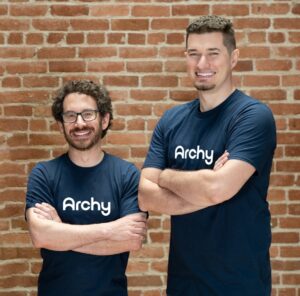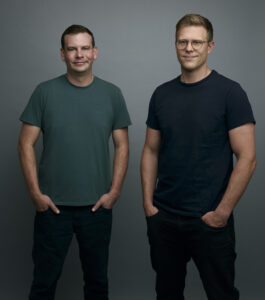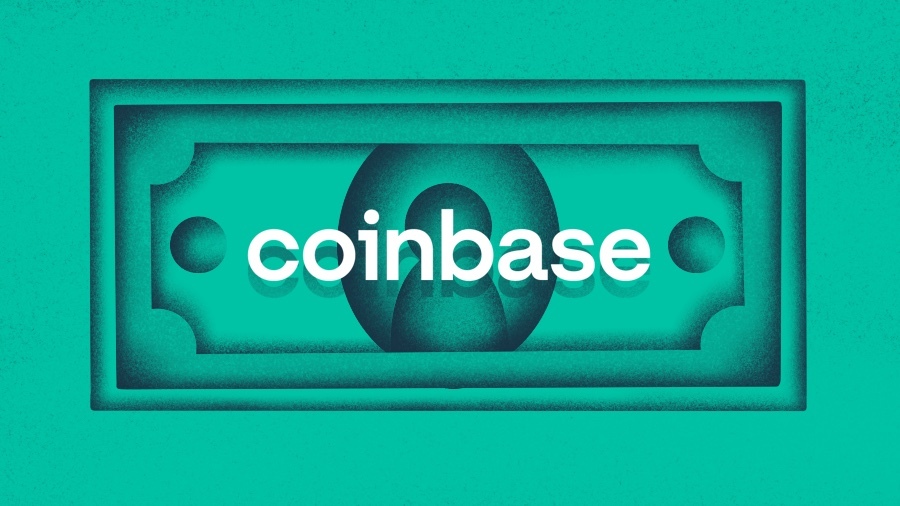Exclusive: Founded By Uber Alumni, Archy Raises $20M To Put Dental Practices ‘On Autopilot’
It was 2021 and Jonathan Rat was tired of seeing his wife, a dentist, struggle to maintain the tech stack at her practice.
Rat, who had served as a product manager at companies including Uber, Meta and SurveyMonkey, dug into the problem and discovered that “most of the software used in the industry” was more than 20 years old and still required physical services onsite.
“Most lacked integration with other platforms, were slow and buggy, and impossible to train new employees on,” he recalls.

So Rat teamed up with Benjamin Kolin, a former director of engineering at Uber, to start Archy, an AI-powered platform that aims “to put dental practices on autopilot.” The pair previously led the rebuilding of Uber’s payment platform that’s still in use today.
“I realized there was a massive need and opportunity for a modern, cloud-based software platform and set out to build that,” Rat told Crunchbase News. “I also realized bigger tech players have been building software for the larger healthcare market but overlooked the $500 billion dental industry.”
And now, Archy has just raised $20 million in Series B funding to help it grow even more, it told Crunchbase News exclusively. TCV led the financing, which also included participation from Bessemer Venture Partners, CRV, Entrée Capital and 25 practicing dentists who wrote checks as angel investors. The raise brings Archy’s total funding to date to $47 million, Rat said.
The company raised a $15 million Series A led by Entrée Capital almost exactly one year ago. Rat confirmed the Series B was an up round, but declined to disclose Archy’s valuation.
All-in-one tool
Archy claims to replace more than five existing tools to handle scheduling, charting, billing, imaging, insurance, payments, staffing, messaging and reporting “from one login.”
It is now building AI agents “to handle the busywork” such as checking eligibility, filing and following up on claims, writing notes, managing patient communications and scheduling, and “turning raw practice data into clear answers,” according to Rat.
The startup processes more than $100 million in payments annually across 45 states and has seen roughly 300% year-over-year growth, he said. It currently serves 2.5 million patients and has processed over 35 million X-rays through its platform.
The company claims that mid-sized dental practices report saving around 80 hours a month by using its technology, and are able to avoid “big hardware costs.” For example, Rat said that one practice saved about $50,000 in its first year of using Archy.
Dual-revenue model
San Jose, California-based Archy operates on a dual-revenue model that combines subscription-based fees with payment processing services, and offers tiered monthly subscription packages. In addition to its subscription fees, Archy serves as a merchant processor for its clients, generating revenue from a percentage of payment transactions processed through the platform.
“This hybrid approach allows us to remain aligned with our clients’ success while providing flexible options that scale with their business needs,” Rat told Crunchbase News.
The company plans to use its new capital to “hire aggressively” across its engineering, AI and go-to-market teams. Presently, it has 57 employees. It plans to expand internationally starting in 2026.
Austin Levitt, partner at TCV, told Crunchbase News via email that his firm had been looking for a way to invest in the dental space “for a long time” but didn’t find a company that was “appropriately tackling the root of the problem — the core PMS (practice management systems)” until it came across Archy.
He added: “We consistently heard that Archy was supremely easy to use, requiring almost no training in contrast to others, providing a seamless ‘iPhone-like’ experience, and reducing what took 10 clicks in other software to one or none in Archy.”
Related Crunchbase queries:
Illustration: Dom Guzman
























